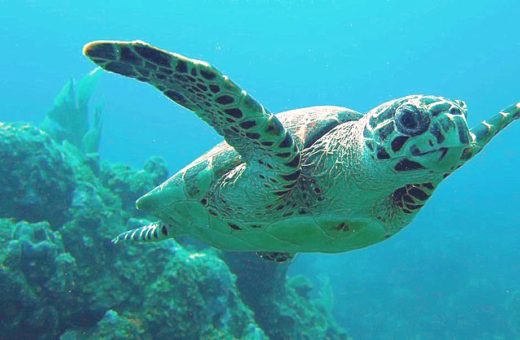Welcome to Facts Vibes! Today, let’s dive into the fascinating world of hawksbill sea turtles. Get ready to uncover fun facts about these magnificent creatures as we explore their habitat, behavior, and importance to the marine ecosystem. Let’s embark on an exciting journey of discovery together!
The Amazing World of Hawksbill Sea Turtles: Fascinating Facts and Insights
The amazing world of Hawksbill Sea Turtles is a fascinating realm filled with astonishing facts and profound insights. These majestic creatures are known for their distinctive hooked beak and tortoiseshell patterns, making them a spectacular sight to behold in their natural habitat. Hawksbill Sea Turtles play a crucial role in maintaining the health of coral reefs by feeding on sponges and controlling their population. Their voyages across oceans are nothing short of awe-inspiring, as they can travel thousands of miles during their migrations. Furthermore, their complex life cycle and nesting habits provide unique opportunities for researchers and conservationists to study and protect these remarkable creatures. The story of the Hawksbill Sea Turtle is an intriguing narrative that deserves to be told and revered for generations to come.
Most popular facts
Hawksbill sea turtles are named for their narrow, pointed beak, which resembles a bird’s beak.
Hawksbill sea turtles are named for their narrow, pointed beak, which resembles a bird’s beak.
They have a lifespan of roughly 30 to 50 years in the wild.
They have a lifespan of roughly 30 to 50 years in the wild.
These turtles play a crucial role in maintaining the health of coral reefs and seagrass beds through their feeding habits.
Sea turtles play a crucial role in maintaining the health of coral reefs and seagrass beds through their feeding habits.
Hawksbill sea turtles primarily consume sponges, which helps to prevent the sponges from outcompeting other organisms on the reef.
Hawksbill sea turtles primarily consume sponges, which helps to prevent the sponges from outcompeting other organisms on the reef.
The shell of a hawksbill sea turtle is known for its distinctive pattern of overlapping scales, or scutes.
The shell of a hawksbill sea turtle is known for its distinctive pattern of overlapping scales, or scutes.
They are found in tropical and subtropical oceans around the world, nesting in over 70 countries.
They are found in tropical and subtropical oceans around the world, nesting in over 70 countries.
Hawksbill sea turtles can migrate long distances between their feeding and nesting areas.
Hawksbill sea turtles can migrate long distances between their feeding and nesting areas.
This species faces threats from habitat destruction, accidental capture in fishing gear, and illegal trade of their shells.
This species faces threats from habitat destruction, accidental capture in fishing gear, and illegal trade of their shells.
Hawksbill sea turtles are listed as critically endangered by the International Union for Conservation of Nature (IUCN).
Hawksbill sea turtles are listed as critically endangered by the International Union for Conservation of Nature (IUCN).
Female hawksbill sea turtles return to the same beach where they were born to nest.
Female hawksbill sea turtles return to the same beach where they were born to nest.
The temperature of the sand where the eggs are buried determines the sex of the hatchlings.
Yes, the temperature of the sand where the eggs are buried determines the sex of the hatchlings.
Hawksbill sea turtles are not sexually mature until they are 20-40 years old.
Hawksbill sea turtles are not sexually mature until they are 20-40 years old.
The hawksbill’s beautiful shell was historically harvested for use in jewelry and ornaments, leading to a significant decline in their population.
The hawksbill’s beautiful shell was historically harvested for use in jewelry and ornaments, leading to a significant decline in their population.
They are protected under international agreements such as the Convention on International Trade in Endangered Species of Wild Fauna and Flora (CITES).
Endangered species are protected under international agreements such as the Convention on International Trade in Endangered Species of Wild Fauna and Flora (CITES).
Numerous conservation efforts are underway to protect hawksbill sea turtles and their habitats.
Conservation efforts are underway to protect hawksbill sea turtles and their habitats.
In conclusion, the hawksbill sea turtle is a fascinating and important species that plays a crucial role in marine ecosystems. Their unique characteristics, behavior, and significant conservation status make them a remarkable creature of the sea. By understanding and appreciating these fun facts about hawksbill sea turtles, we can all contribute to their protection and preservation for future generations to admire and enjoy.
